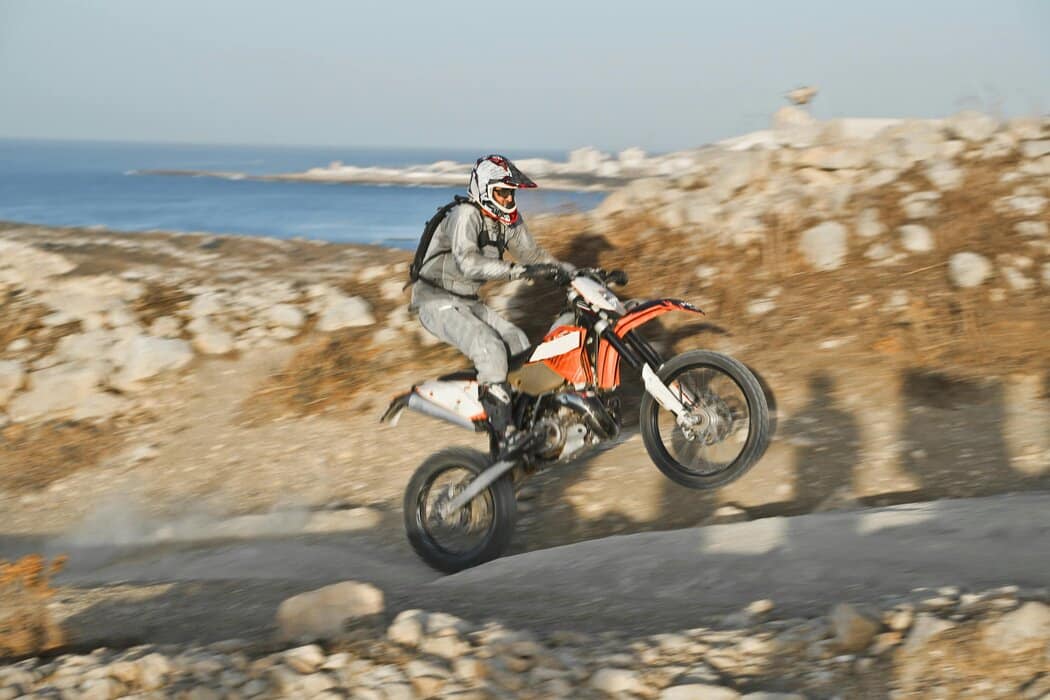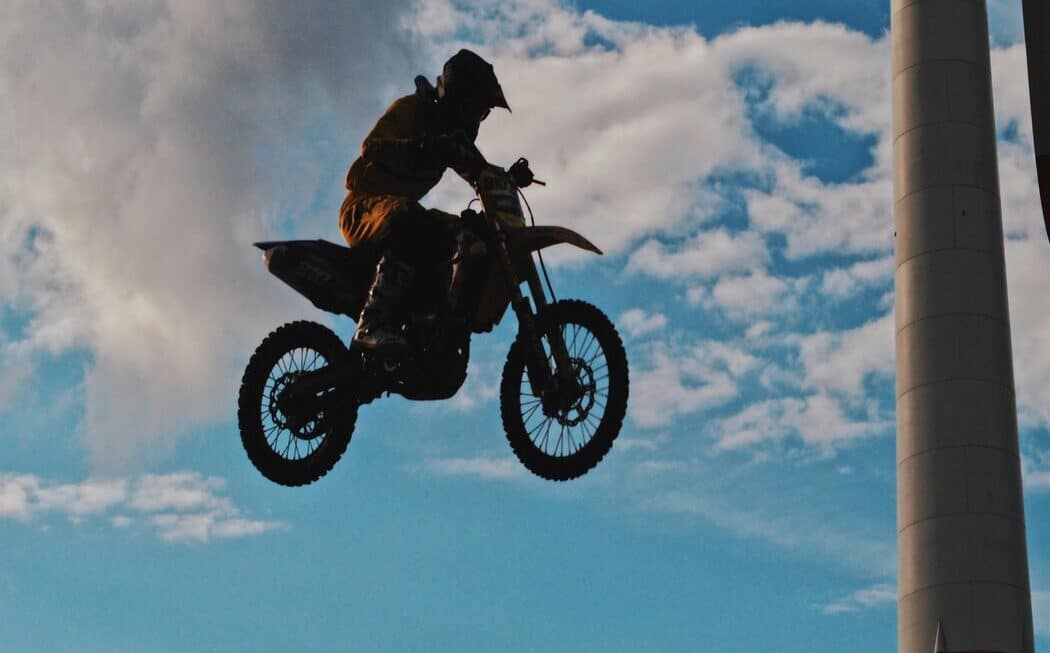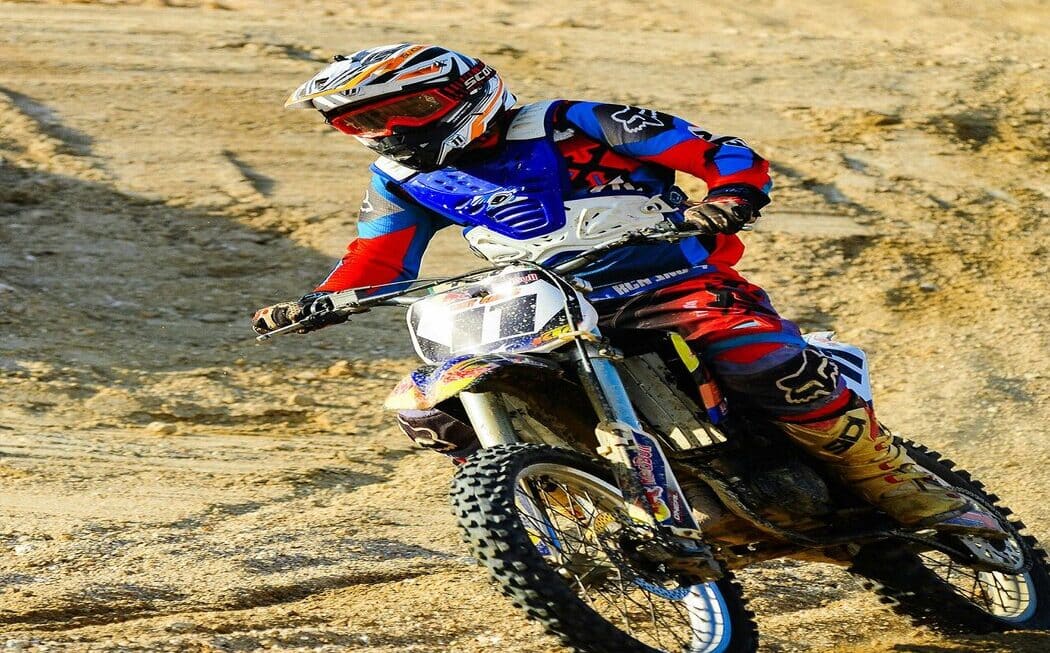Dirt biking isn’t just a sport—it’s a lifestyle. But for this lifestyle to persist, your trusty steed has to be transported safely every time. The last thing any off-road enthusiast wants is to damage their bike in transit, or worse, be unsafe on the road. If you’re a dirt bike rider wondering about the best methods for getting your bike from point A to point B, you’ve landed on the right guide.
The Critical Choice of Transport Method
Transitioning from the thrill of the trails to the mundane necessity of transportation can be a downer, but choosing the right method can make all the difference. Each transport has its benefits and pitfalls, suitable for different needs and budgets. Here are some popular options:
Pickup Truck
For many riders, a simple pickup truck falls under the ‘if it ain’t broke, don’t fix it’ category. Loading a bike into a truck bed is quick and straightforward, and there’s a whole subculture of truck flagmen – those who stake their pride on the apex of style and function – who take this approach.
Trailer
The classic method, trailers offer ample space for multiple bikes and usually a toolbox or two. Enclosed trailers protect bikes from the elements but can be overkill for a single bike. Open trailers are simpler but require bike owners to invest in some anti-theft measures and weatherproofing.
Hitch Carrier
For riders who prefer a bit more maneuverability, a hitch-mounted motorcycle carrier can be a great space saver. There are a variety of models available, each with different weight capacities and features.
Van
Often overlooked, a van can be an advantageous choice. It provides weather protection, ample space for gear, the option for secure storage with the use of cargo barriers, and the height to stand dirt bikes upright without being fully loaded.
The Art of Securing Your Dirt Bike
Once you’ve selected a method, the next step is to secure the bike. A wobbly bike is a recipe for disaster and can cause undue stress and damage to your beloved machine. The following are essential tools for keeping your bike stable and secure:
Tie-Down Straps
Choose high-quality tie-down straps with a ratchet mechanism for a tight and secure fit. Four points of contact are ideal, with two at the front and two at the rear. Make sure the buckle is as close to the bike as possible and avoid the front fork seals to prevent damage.
Wheel Chocks
Wheel chocks are invaluable for keeping the dirt bike in place, especially while you’re tying it down. Invest in sturdy chocks that fit your bike’s wheel dimensions to prevent lateral movement.
Padding
Use foam, old towels, or any other soft material to protect the bike where the tie-down straps touch painted surfaces. This simple precaution can save you from scratched paint and devaluing your bike.
Navigating the Legal Labyrinth
Before you hit the road, it’s crucial to be aware of the laws and regulations regarding the transportation of motorbikes. Whether it’s the width of your load, towing capacities, or the need for additional licensing, here’s what to keep in mind:
License Requirements
Some states or countries may require a special license or endorsement to transport a motorcycle. Check the local regulations to ensure you’re compliant before transporting your bike.
Weight Limits
Be mindful of the maximum load capacities for your chosen mode of transport, particularly if you’re sharing a trailer or have a hitch-mounted carrier on a smaller vehicle.
Safety Regulations
Ensure that your transport method meets all safety requirements, including proper lighting and visibility, to avoid fines or delays on your way to the trails.
The Pre-Ride Checklist Extends to Transport
A little pre-transportation preparation can go a long way in keeping your bike safe and ensuring a smooth ride for both the motorcycle and you:
Just as you would perform a pre-ride check on your dirt bike before hitting the trails, a similar level of care and attention is required before transporting your bike. Here’s a checklist to ensure your bike, and your chosen method of transport, are ready to hit the road:
Inspect Tie-Down Straps and Equipment
Check your tie-down straps for any signs of wear or damage. Frayed straps, weak ratchet mechanisms, or rusty hooks can compromise the security of your bike during transport. Replace any questionable equipment before you set off.
Verify Bike and Transport Vehicle Conditions
Ensure your bike is in good condition for transport. Check tire pressures, make sure it’s not excessively dirty (as dirt can hide damage or leaks that might get worse during transport), and confirm that there are no loose parts. Also, inspect your vehicle or trailer, ensuring it’s fit for the task with proper tire inflation, all lights working, and the hitch or bed in good condition.
Secure Loose Items
Any accessories or loose items on your bike, such as bags or loose parts, should be secured or removed. Vibrations and movements during transport can cause these items to shift or fall, possibly leading to damage or loss.
Plan Your Route
Especially when transporting multiple bikes or using larger vehicles, it’s wise to plan your route in advance. Consider clearance heights for bridges or tunnels, potential restrictions on roadways, and rest areas where you can safely check on your cargo.
Final Check Before Hitting the Road
Before you start your journey, do a final check of all tie-down straps, wheel chocks, and equipment to ensure everything is secure. Also, double-check that your license and registration are up to date, and you have any necessary permits or paperwork for transporting your bike. With all these elements in place, you can hit the road with peace of mind, knowing your bike is safe and secure for the journey ahead. So next time you’re loading up to hit the trails, don’t just throw your bike in any old way – take the time to properly transport it and protect your investment. After all, a little extra effort can go a long way in ensuring your dirt bike stays in top shape for many rides to come. Happy trails!
Balance the Bike
For single-bike transport, make sure the bike is centered and balanced within the transport space. Too much weight on one side can lead to a wobbly ride and could potentially cause a tip-over.
Check Tire Pressure
Proper tire pressure matters, even if the wheels aren’t turning. Under-inflated tires can wear unevenly and over-inflated tires risk a blowout, both of which are unpleasant surprises after a long drive to the trailhead.
Secure Loose Parts
Tighten any bolts or knobs that might be prone to vibration and check that all parts, like fenders and lights, are firmly attached to the bike.
After the Ride: Transportation Post-Mortem
Once you roll your bike off the transportation, your job isn’t quite finished. Take a moment to assess and clean your bike:
Inspection
Inspect your bike for any signs of damage once you’ve unloaded it. Looking for leaks, cracks, or loose parts is a preventative measure that can save you from an unexpected breakdown or injury.
Cleaning Procedures
On most dirt bikes, mud and dirt can hide in countless nooks and crannies. A thorough cleaning after each ride, and particularly after transportation, can help you spot any issues (like a worn brake pad) before they become a real problem on the next ride.
Conclusion: A Safe and Sound Journey to the Trail
Good transportation practices are more than just a checklist; they’re an extension of your responsibility and pride in your sport. By choosing the right method, securing your bike properly, and being aware of the legal and safety implications, you set the stage for a successful and enjoyable trail ride. Safe travels, and may the dirt always be in your favor!



